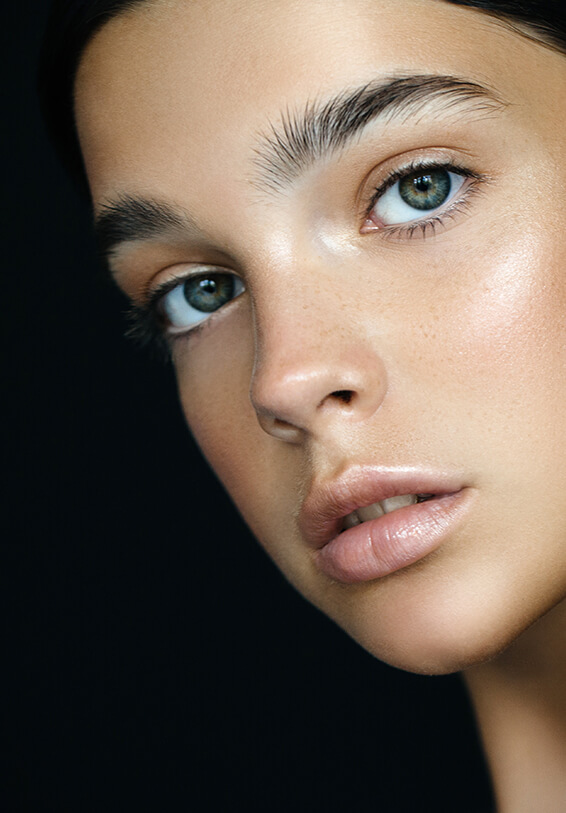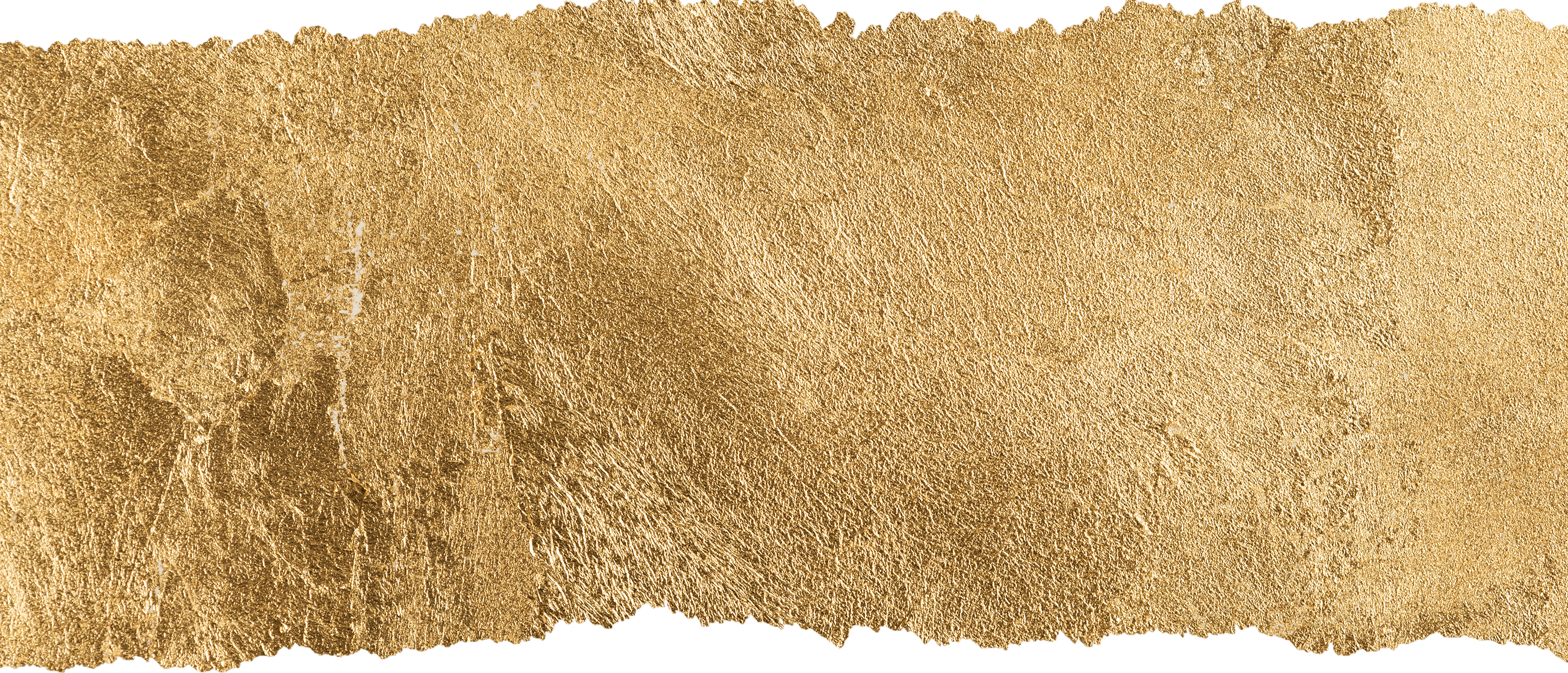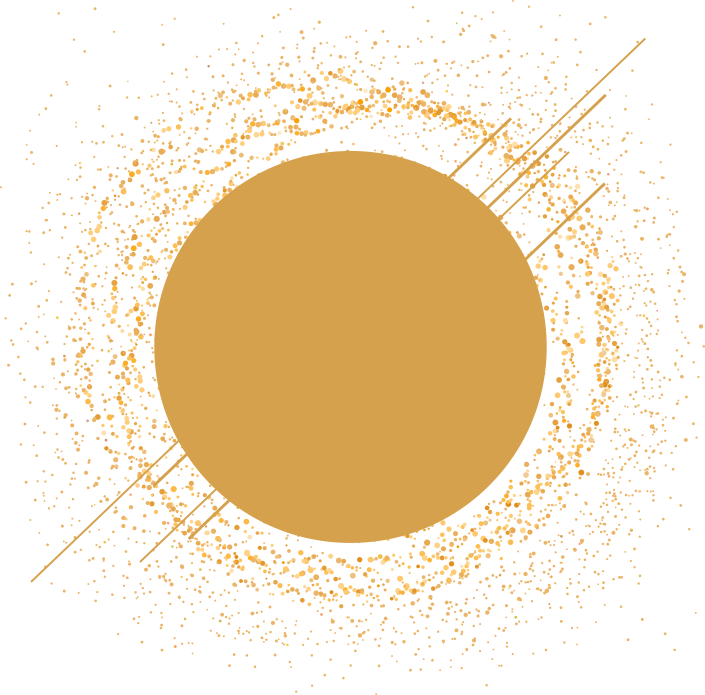Enhancement of the Eye Area: Treating Tear Troughs, Dark Circles and Eye Bags enhance
Tear troughs are grooves that occur at the junction between the lower eyelids and the upper cheek. Although mild tear troughs can develop from even a young age due to genetic predisposition, they are also a common sign of ageing. In some individuals, tear troughs can develop into a more extensive area of hollowing, with a loss of the smooth transition between the lower eyelids and the cheeks creating under-eye shadows. In addition, thinning of the under-eye area allows the underlying blood vessels to show more, resulting in dark circles. Some individuals can also develop increased skin pigmentation in the eyelids and the surrounding area, that can also contribute to dark circles. Thinning and weakening of the soft tissue in the under-eye area can allow eye bags to form. All of these genetic and ageing-related changes can result in a tired, sad or even angry look, and have a significant impact on facial attractiveness.
Cosmetic hyaluronic acid (HA) fillers can be used to substantially improve the appearance of tear troughs, under-eye hollows, and dark circles restoring a more youthful, rested and brighter look. HA fillers can also be used to ‘hide’ mild to moderate eyebags without the need for surgery. The results can be transformative and long-lasting, yet remain very natural-looking with minimal downtime. Furthermore, these treatments can be combined with BOTOX®️ to reduce wrinkles around the eyes.



 How long do results last?
How long do results last?  Can the treatment results be reversed?
Can the treatment results be reversed? 





